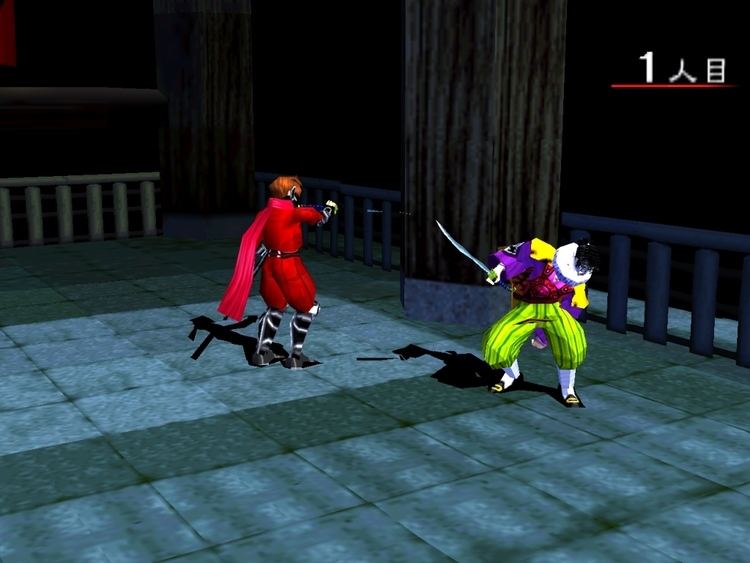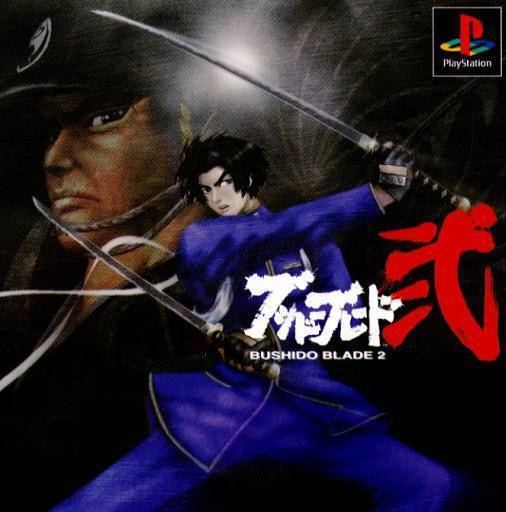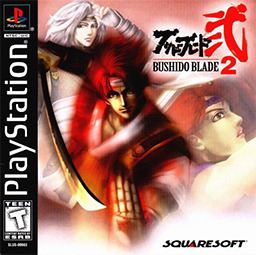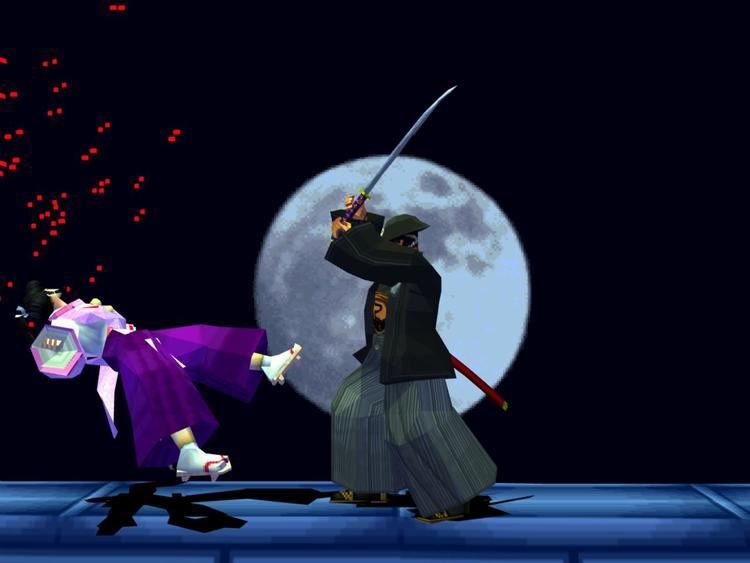7.4 /10 1 Votes7.4
7/10 IGN Initial release date 19 March 1998 | 7.9/10 GameSpot | |||||||||||||||||||||||||||||||||
 | ||||||||||||||||||||||||||||||||||
Release date(s) JP: March 19, 1998NA: October 28, 1998JP: January 25, 2007(Legendary Hits re-release)JP: December 3, 2008(PSone Classics re-release) Developers Square, Bergsala Lightweight Publishers Square, Square Electronic Arts Similar Square games, Fighting games | ||||||||||||||||||||||||||||||||||
Bushido blade 2 honor duels
Bushido Blade 2 (ブシドーブレード弐, Bushidō Burēdo Tsu) is a fighting video game published by Square, released in both Japan and North America in 1998. It is the sequel to Bushido Blade, which had been released the previous year.
Contents

Bushido blade 2 ps1 gameplay
Gameplay

Bushido Blade 2 expands on some of the aspects of Bushido Blade, while limiting or removing others. The story mode is changed from one large connected level to a series of skirmishes, each set on a different map. Playable characters are chosen from groups which represent two opposing schools of assassins, known as the Shainto and Narukagami, and are armed with swords or polearms of varying types.

The fights in Bushido Blade 2 mark the progress of the chosen character who—depending on the character—either fights to regain a legendary sword, or to destroy the opposing school. Levels involve a pattern of fighting several generic ninja followed by a boss, who is one of the playable characters from the opposing school.
Two characters in Bushido Blade 2 are exceptions to the typical opponent roster: the gun-wielding Tsubame and Katze. They have sworn loyalty to opposing schools, and battles involving them provide a different, arguably greater kind of challenge. With proper tactics, such as monitoring the opponent's remaining ammunition, however, the player can defend against the firearms with his melee weapons.
Most of the weapons are straight from the first game, excluding the yari and the M16. The yugiri (a sword which is quite similar to the nodachi but wielded like the katana), which was used by the original Bushido Blade's final boss Hanzaki is now a selectable weapon, but is only accessible in the final battle versus the unarmed "last member of the Kagami clan". Some of the original Bushido Blade's selectable weapons — rapier (which does not appear as a selectable weapon, but only in Highwayman's two-sword stance when he has the long sword equipped), sledgehammer and ninjato — as well as the boss-specific "Double-Bladed Sword-Staff" and "Special Sabre", have been eliminated. It is worth noting that the weapons usable by both schools (such as the katana) have a slightly different design for each school. The only new weapon available is the yari, so Bushido Blade 2 is less diverse when it comes to weapon and fighting style selection. While each character wields a specific weapon when fought as a boss, when played as, they can wield whichever weapon the player chooses. It is also worth noting that the katana is the weapon highlighted by default on the sword selection screen and that the ninjas all wield katanas. There are also two weapons that exclusive to characters from a certain school; the yari is exclusive to characters from the Shainto school, and the naginata is exclusive to characters from the Narukagami school.
Plot
In the 13th century, on the island of Konoshima (in the Seto Naikai, Inland Sea of Japan) there existed two feudal clans, the Kagami and the Sue, both aligned to the same Daimyo. They lived in peace until war on mainland Japan crushed the Daimyo. The Kagami swore fealty to the new Daimyo while the Sue were loyal to their master until the end. The conflict between the two began with the Kagami drawing the Sue off of the island and into battle. The Sue, having been defeated in battle, then lost their sacred sword the Yugiri. For centuries after, secretive battles were fought that were fierce, but not widespread.
Some 800 years later the Shainto school, composed of the remaining descendants from the Sue clan, attacked the Narukagami Shintoryu, the Kagami clan dojo, at their headquarters: the Meikyokan. To redeem their honor, they move to recover the Sacred Sword Yugiri and wipe out the last descendant of the Kagami family. That is the point from which the opening FMV begins, covering the assault which is later seen more fully in the story mode.
Reception
In Japan, Bushido Blade 2 was the top-selling PlayStation game the week of its release as well as the week after. During the week of April 3, 1998, the game was the third best-selling game including games from other consoles. In North America, Bushido Blade 2 was the ninth best-selling game during the week of November 13, 1998.
Bushido Blade 2 currently has a GameRankings aggregate score of 77.45% based on 11 reviews.
